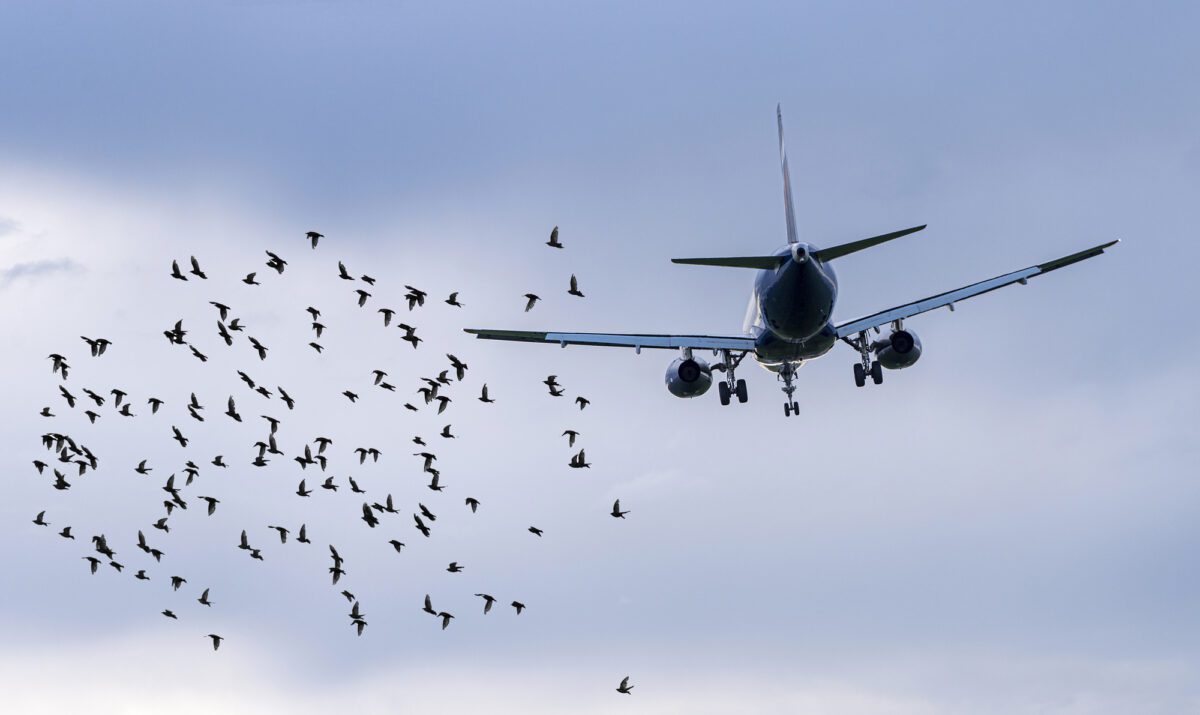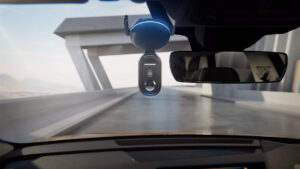In the world of aviation, where safety is paramount, Skyline Guard has emerged as a game-changer. With thousands of flights crisscrossing the skies daily, carrying millions of passengers, the threat of bird strikes — a persistent concern for decades — poses significant risks to both human life and aviation assets. Skyline Guard has responded to this critical challenge by developing a revolutionary robotic AI-powered solution designed to prevent bird strikes and protect the skies.
The Persistent Threat of Bird Strikes
Bird strikes are not just an occasional nuisance; they are a significant safety hazard with serious consequences. The infamous 2009 Hudson River incident, where a commercial airliner was forced to make an emergency landing after bird strikes disabled both engines, highlighted the severe risks involved. This event was a wake-up call for the aviation industry, leading to a heightened focus on developing effective solutions to mitigate such risks.
Despite various efforts, traditional methods of preventing bird strikes have proven to be costly, labor-intensive, and often ineffective. Airports typically rely on manual techniques such as using vehicles to scare away birds, which not only require significant manpower but also fail to cover large areas comprehensively. The financial implications are staggering, with bird strikes causing over $1.2 billion in damages annually worldwide and more than 19,000 incidents reported each year in the U.S. alone. There are already a ton of other causes of flight risks and delays, so mitigating annoyances like bird strikes will be one less thing to worry about.
Enter Skyline Guard: A New Era of Aviation Safety
Skyline Guard is revolutionizing the way the aviation industry tackles the bird strike problem. Their innovative solution leverages cutting-edge AI and radar systems, paired with advanced robotic turrets, to create a fully automated, proactive approach to wildlife management. This system covers up to a three-mile radius around airport perimeters, providing real-time detection and deterrence of birds and other wildlife without the need for manual intervention.
The core of Skyline Guard’s technology lies in its AI-powered control system, which is integrated with airport avian radar systems to monitor wildlife activity continuously. When a potential threat is detected, the system swiftly calculates the most effective repelling procedure based on the bird’s species, behavior, speed, and other attributes. This process is executed by robotic turrets strategically placed around the airport, which deploy a combination of acoustic and laser deterrents to safely redirect birds away from aircraft paths.
Seamless Integration and Scalability
One of the standout features of Skyline Guard’s solution is its scalability and ease of integration into existing airport infrastructures. The system is designed to be user-friendly, allowing airport teams to be quickly trained on its operation. Additionally, the solution is customizable to fit the unique environmental challenges of each airport, ensuring optimal performance across diverse geographic locations.
Skyline Guard’s technology is not only advanced but also practical. It can be deployed within a matter of weeks, providing airports with a rapid response to an urgent safety need. Furthermore, the system’s use of military-grade components ensures durability and reliability, even in the most challenging conditions.
A Market with Vast Potential
The global market for bird strike prevention is substantial, with the U.S. alone housing over 19,000 airports, both public and private. Skyline Guard aims to capture a significant share of this market by offering a solution that not only enhances safety but also delivers cost savings by reducing the frequency and severity of bird strike incidents. The company’s financial projections are robust, with anticipated revenues reaching $270 million by 2028 as more airports adopt their technology.








